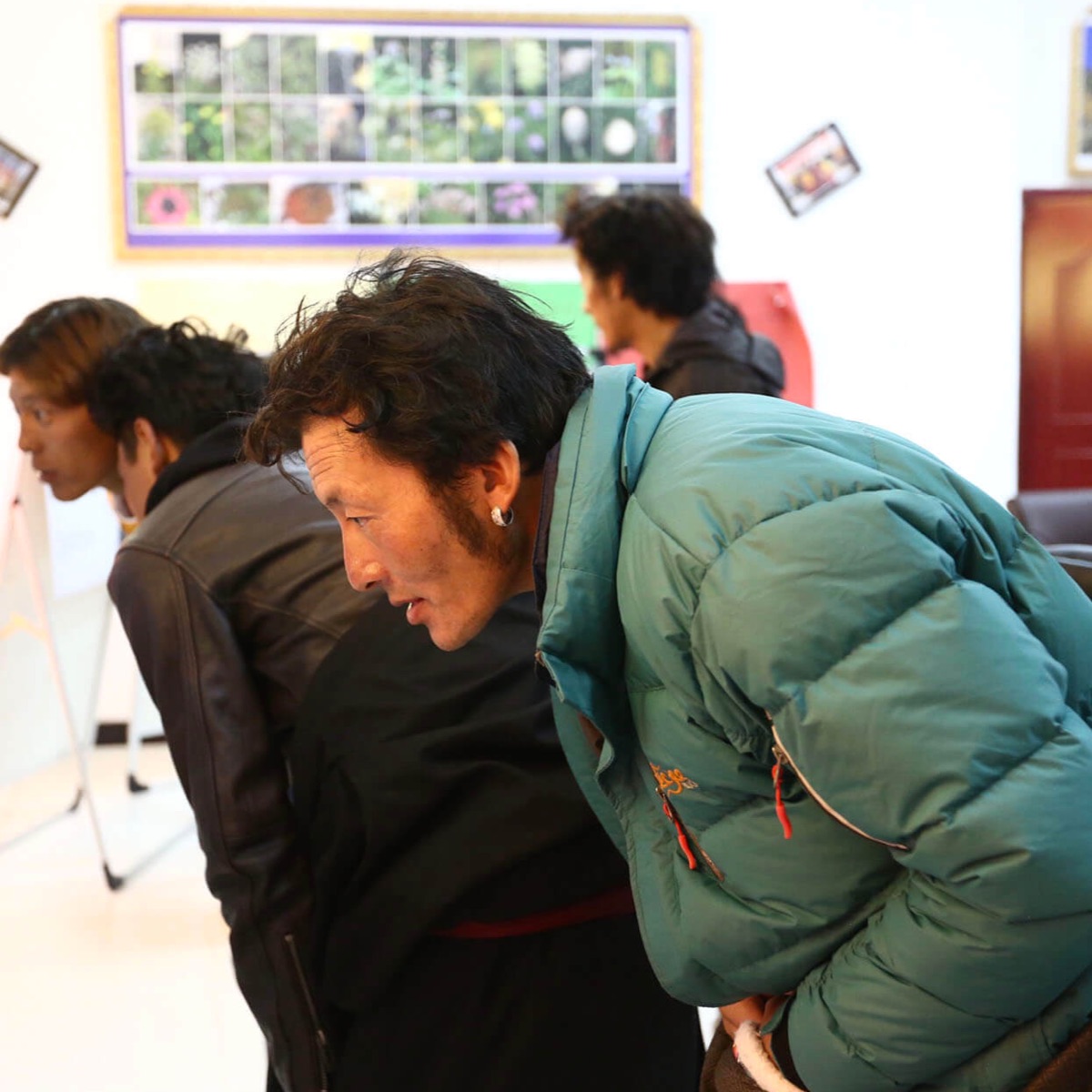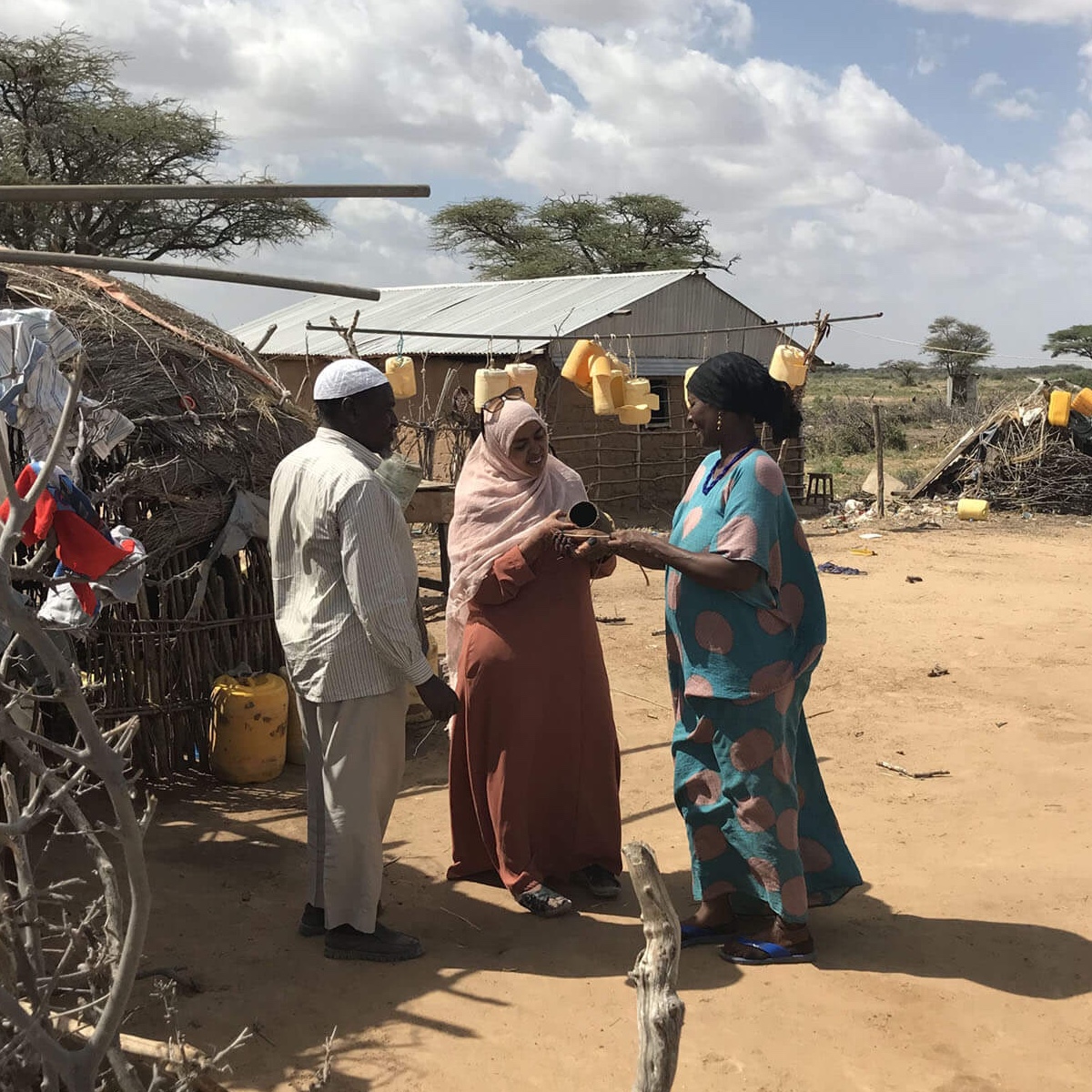‘photovOice is to maKe your pHotos tAlk.’
Aop, Golok, 2019
Photovoice
is an approach that allows people to record their own perspectives, and reflect
on their own settings. In the PASTRES photovoice project, pastoralists from six
countries explored different dimensions of pastoralism and responses to
uncertainty.
Methodology︎︎︎
aMdo Tibet
china
facilitated by Palden Tsering
From the winter of 2019 to the spring of 2020, I had the chance to conduct two rounds of photovoice investigation with pastoralists in Golok and Kokonor, which are two pastoral regions in Amdo Tibet. Two groups of pastoralists, one group with a total of eight male pastoralists, and another one with a total of six women, were recruited. ‘Uncertainty and pastoralism’ was the theme for the two groups, and a total of two weeks was allowed for taking the photographs. Photos and participants’ narratives were collected through WeChat, and a photovoice exhibition was organised in Golok in the summer of 2020.
The
lake expansion and the landless pastoralists. Kokonor ︎︎︎
The
black tent and the summer pasture. Golok ︎︎︎
saRdinia
italy
facilitated by Giulia Simula

Pastoralism is the backbone of Sardinia. In the past decades, however, the dairy industry has undergone profound changes with major implications for pastoralists.
The declining price of milk and increasing price of inputs affect every pastoralist in Sardinia. But everyone is affected differently and responses to uncertainties vary widely. “Why don’t you sell your own cheese if the price of milk is low?” is a frequent question. While on-farm production and direct sales are a good option for some, they are certainly not an option for all. Diverse responses reflect the different realities of pastoralism in Sardinia.
*Due to the pandemic, I had to adapt the photovoice method. I conducted this photovoice through Facebook and WhatsApp. It was difficult due to the on-and-off lockdown. Through our lengthy discussions, pastoralists often trusted me in choosing the pictures and selecting the narratives. The result is a collaborative reflection.
The declining price of milk and increasing price of inputs affect every pastoralist in Sardinia. But everyone is affected differently and responses to uncertainties vary widely. “Why don’t you sell your own cheese if the price of milk is low?” is a frequent question. While on-farm production and direct sales are a good option for some, they are certainly not an option for all. Diverse responses reflect the different realities of pastoralism in Sardinia.
*Due to the pandemic, I had to adapt the photovoice method. I conducted this photovoice through Facebook and WhatsApp. It was difficult due to the on-and-off lockdown. Through our lengthy discussions, pastoralists often trusted me in choosing the pictures and selecting the narratives. The result is a collaborative reflection.
Food production as resistance and necessity: regaining control over
price ︎︎︎
Not everyone can make cheese and sell jams ︎︎︎
isioLo
kenya
facilitated by Tahira Shariff
The uncertainty of rangeland
resources exploitation: ‘The curse of Yamicha and Prosopis encroachment’
Pastoralists in northern Kenya’s rangelands depend on extensive livestock production subject to variable and erratic climatic conditions. The rangeland resources are exploited by the livestock keepers and wild animals. With competing claims on a shared resource, the fear of resource conflict, displacement and wild animal attack is the reality of pastoral livelihoods.
In Isiolo, range resources are governed through a ‘formalised’ institution called the ‘RUA’ (resource users association), which oversees the usage of strategic drought reserves such as Yamicha, Urura and Duma. Unfortunately, the management of the Yamicha reserve has failed the pastoralists in Isiolo North. The reserve is encroached by settlements, and its resources are exploited during the rainy season. A species of tree called Prosopis juliflora was introduced to ‘green’ the rangelands and combat desertification. Although introduced with good intentions, the spread of the shrub has resulted in the destruction of grazing, and added to the uncertainties faced by pastoralists.
Yamicha!
‘The calling’ what future for the ‘calling’? ︎︎︎
Mathenge! Prosopis juliflora in the rangelands ︎︎︎
︎︎︎ back to photovoice
Learning
through photovoice
Photovoice is an approach that allows people to record their own perspectives, and reflect on their own settings. In the pastres photovoice project, pastoralists from six countries explored different dimensions of pastoralism and responses to uncertainty.
With photovoice, different stories are told, different photographs are captured and different reflections emerge. Photovoice reveals real life experiences, offering often marginalised people a voice and the possibility to engage in critical dialogue around their own realities.
Every
photovoice project is different. How a group moves through the suggested steps
will be influenced by differences in the timeline, budget and, most
importantly, photovoice participants’ goals and objectives.

Building strong respectful relationships among all those involved is always the starting point. This involves recruiting a leadership team for the project and choosing one or more facilitators. The next step defines the goals and objectives of the project and the subject matter for the photographs. This step leads to recruiting groups of 8-10 participants. Groups can be mixed or more focused – such as only women or youth – allowing diverse perspectives to emerge. Two rounds of photograph taking, each taking around a week, are then scheduled.

Photographs
are then presented in discussion meetings among participants and
others, generating analysis and reflection. Narratives are created for a series
of photostories, using selected photographs chosen by the participants. Each
story illustrates a key theme of importance to them. This helps in opening up
debate and broadening out the range of perspectives on the issue.
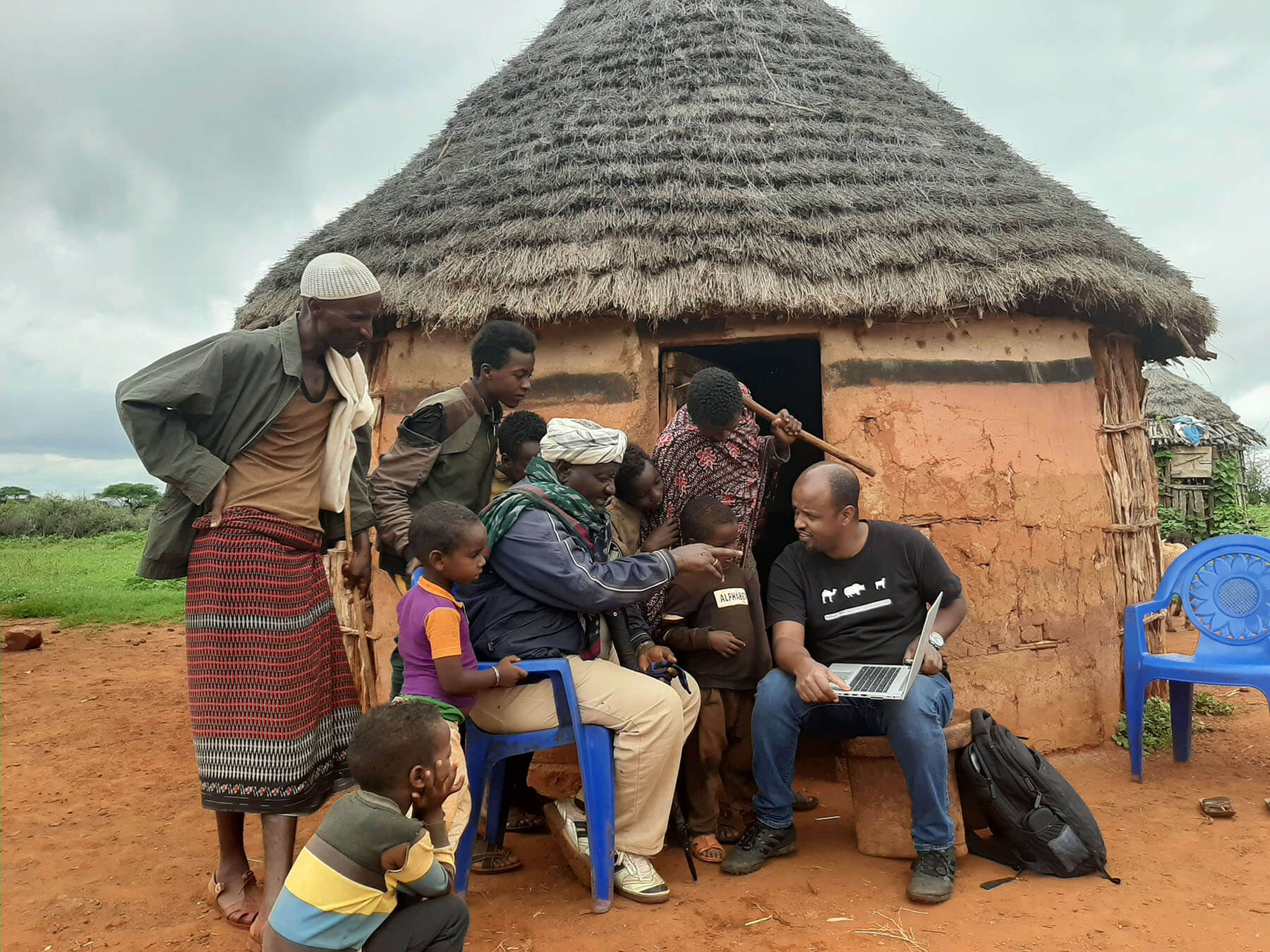
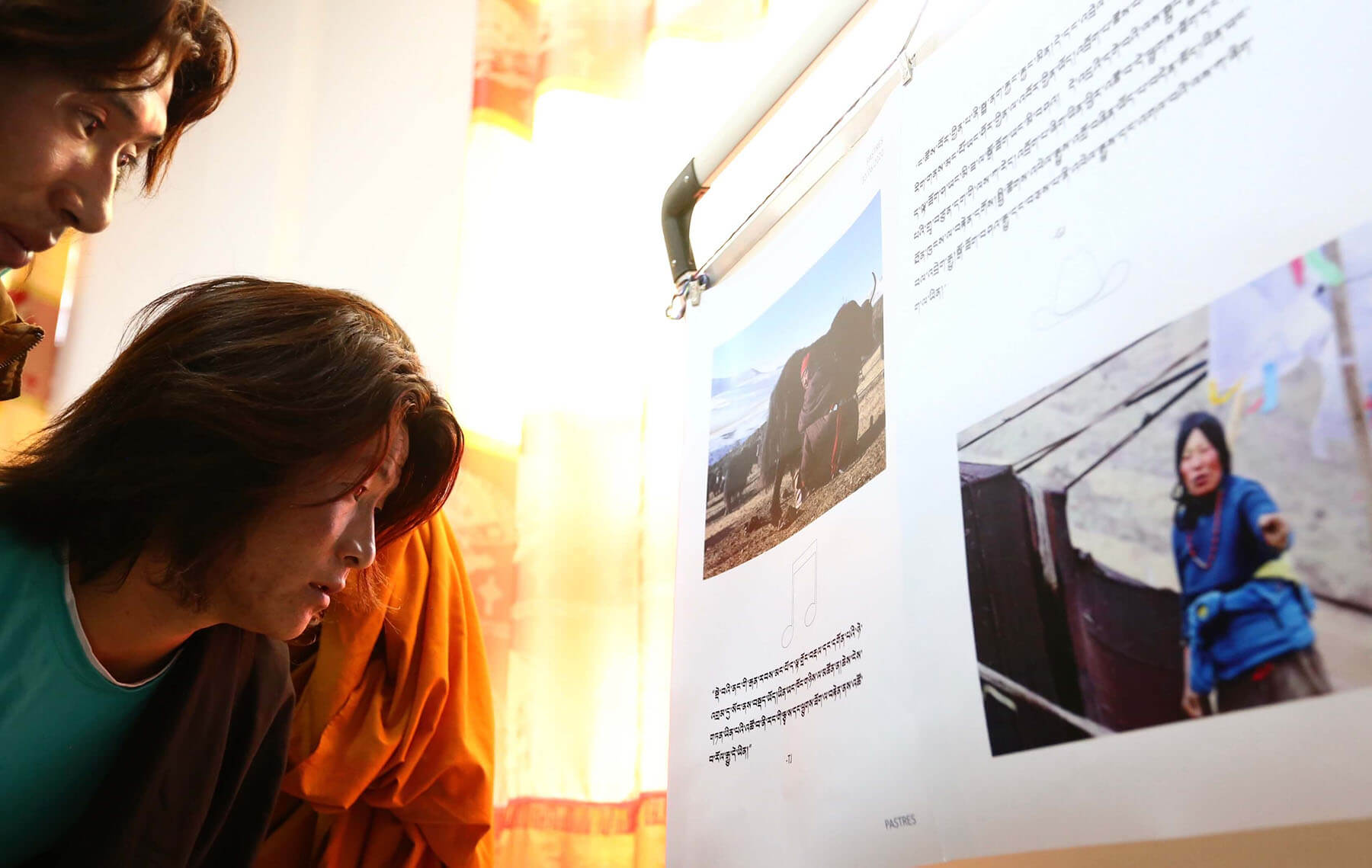
The last step is taking action. This depends on the goals, but may include engaging with local officials or policymakers. A rich body of information can be shared, connecting visual material to presentations or reports, which can become the basis for action.
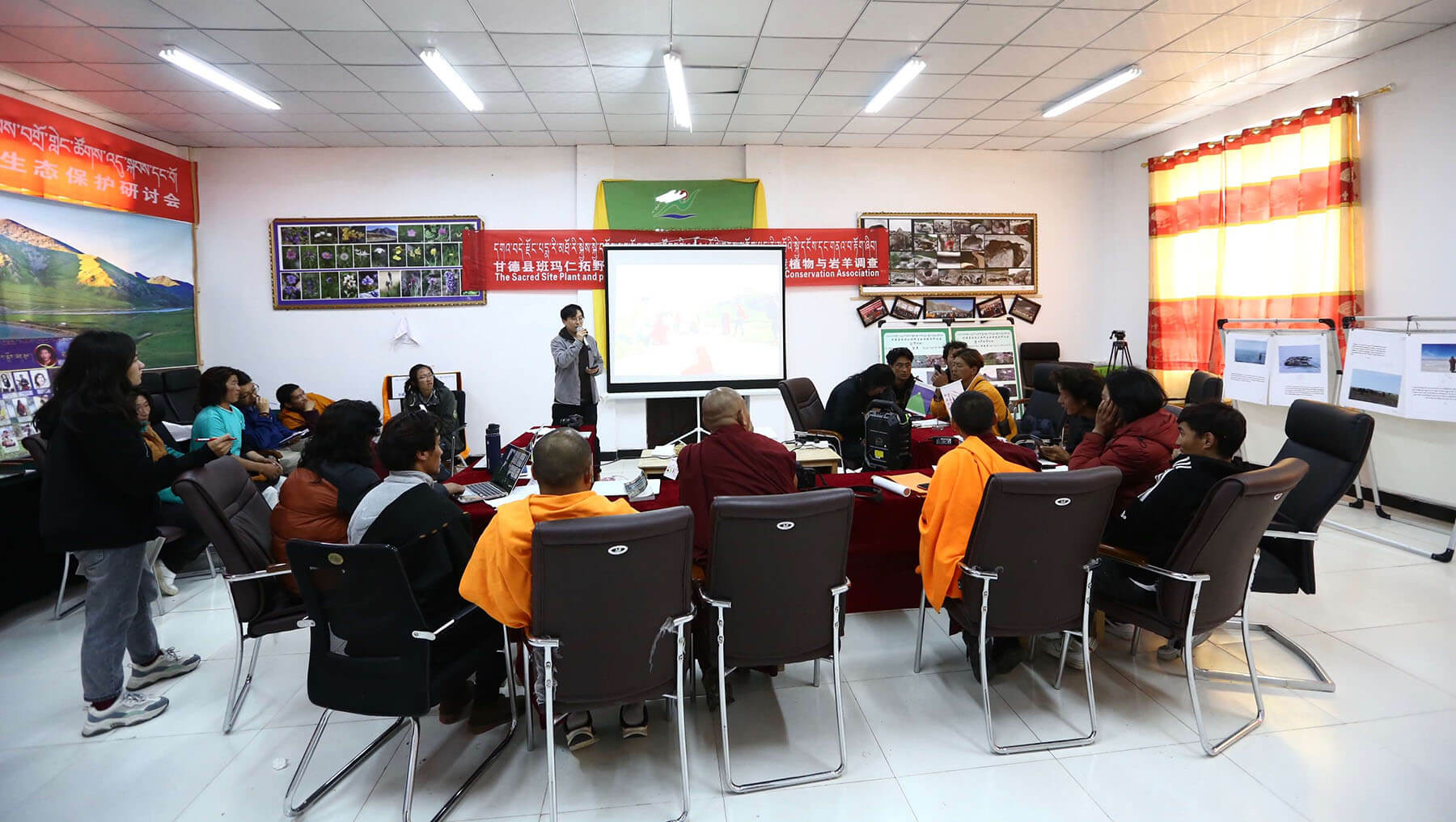
During the PASTRES photovoice project, we have learned that photovoice is an empowering practice, complementary to more conventional research. It offered the opportunity for research participants in six countries, working together with PhD students, to come together and reveal their insights and concerns around pastoralism and uncertainty.
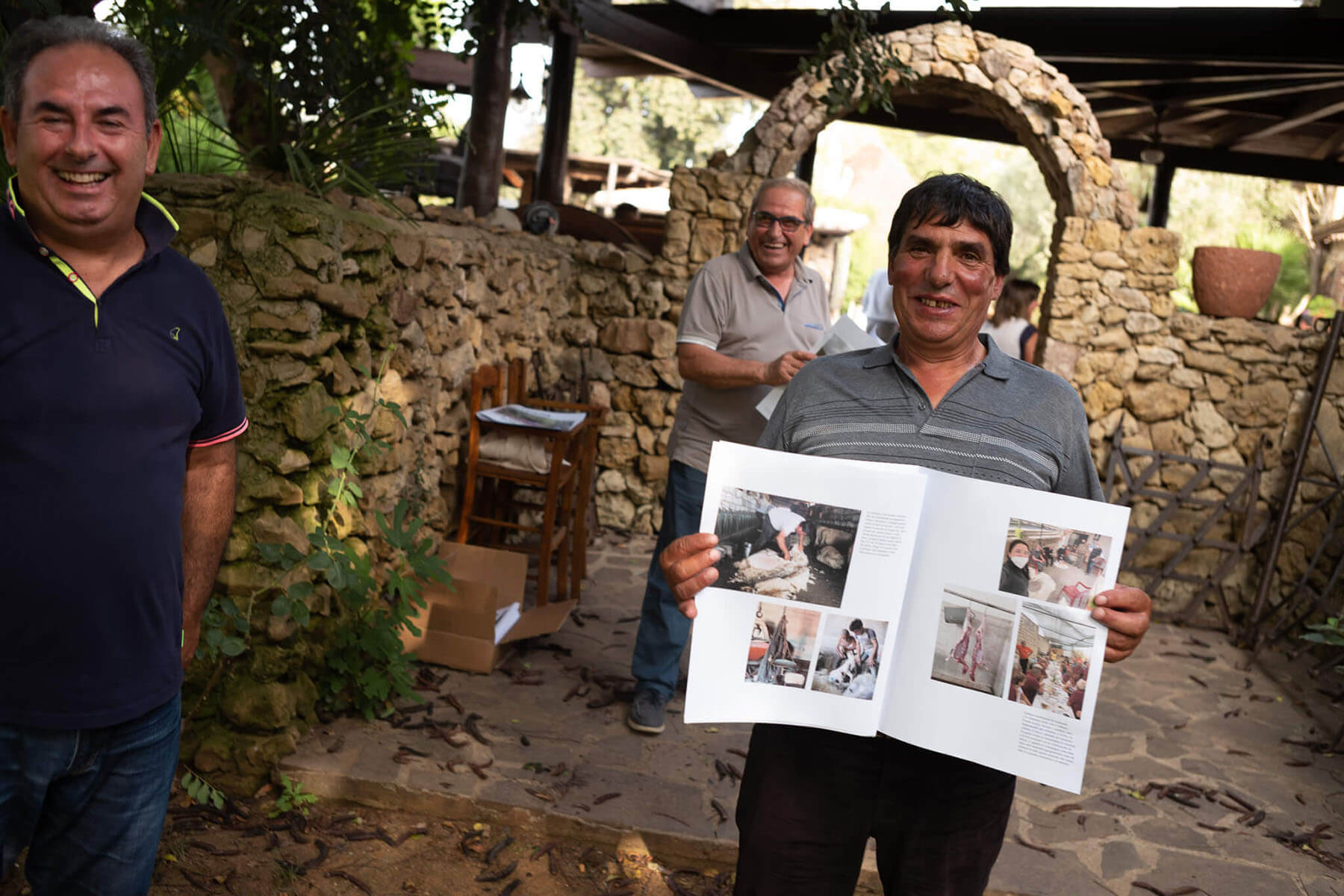
For further information on photovoice, see:
︎︎︎ https://www.thelancet.com/journals/lanplh/article/PIIS2542-5196(19)30165-2/fulltext
︎︎︎ https://www.researchgate.net/publication/339843959_Photovoice_A_Focus_on_Dialogue_Young_People_Peace_and_Change

